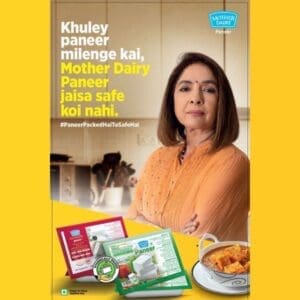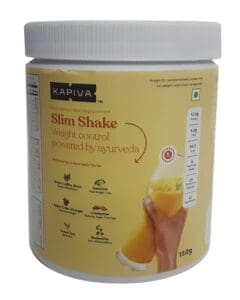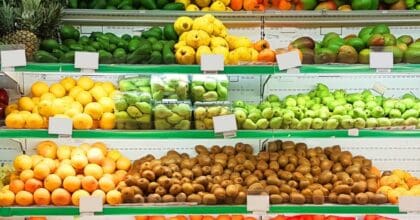The COVID-19 pandemic has changed the way Indians perceive and use premium products. Due to the economic distress caused by the pandemic, spending patterns are changing: there are fewer occasions to splash out in many categories, except for at-home spending on food, drink and home care, which has seen a spike.
According to Mintel research, for half of Indians aged 33-44, products that are innovative are considered premium, while for three in five consumers aged 18-34, products with high hygiene standards during manufacturing are considered premium.
This presents opportunities for brands to cater to the evolving definition of what makes a product premium by focusing on indulgence, convenience, safety, quality and health in response to consumer needs.
Here we look at three new premium product purchase triggers that brands need to take note of:
Hygiene across the product life cycle
It used to be that ‘premium’ meant ‘expensive’, but the pandemic has raised awareness of hygiene practices from manufacturing to delivery. Due to the heightened hygiene concerns among consumers, brands have an opportunity to highlight the importance of manufacturing and/or production techniques across the lifecycle of the product to raise awareness on quality and value.
Further, talking about safety and care of workers involved in manufacturing can help reassure consumers. Brands like Big Basket highlight how their products are packed in hygienic facilities and have contactless-to-door delivery, which is a sought-after claim in times of the pandemic.

Mother Dairy Paneer talks of hygiene, heritage and the trust factor, which makes it a premium offering.
Innovation with ingredients and formats
With shifting perceptions of what premium means to consumers, product innovation can combine themes like indulgence, convenience, safety, quality and health.
As health is at the top of consumers’ mind, brands can talk-up healthy ingredient and packaging format innovations, as half of consumers aged 35-44 saw innovative products signify a premium offering. They can also find inspiration from global brands, which appeals to three in five Indians who say premium products should be imported rather than made locally.
In addition, brands can focus on packaging and on-pack descriptors to meet consumer needs and take an omni-channel approach such as using QR codes to provide detailed on-pack product descriptions online that offer additional information and transparency to help people trust the brand more.
For example, brands like Kapiva, ID Fresh and Paperboat have positioned themselves as premium through clear, convenient packaging.
Kapiva Mango Flavoured Plant-Based Slim Shake, India
The vegetarian, plant-based product is made with six proven ayurvedic herbs and claims to aid weight loss and contains more protein than carbs, and zero refined sugar, making protein the primary energy source. The packaging highlights product ingredients and production methods on-pack.
Sustainability as premium
According to Mintel research, for over two in five women a product that is sustainable equates to being premium and almost three in five consumers aged 25-34 expect premium brands to support environmental issues. Brands have the opportunity to leverage interest in sustainability, which is gaining traction among consumers. This is based on the growing level of awareness surrounding deteriorating environmental conditions among consumers, which are forcing them to take steps towards a healthier environment.
Companies can communicate their social and environmental ethics and initiatives to raise interest among consumers seeking innovation and sustainability. Brands can incorporate elements that help position themselves as environmentally friendly and ethical to help them stand out as premium offerings. For example, Country Delight, a premium milk brand, claims to take care of its cows, thus, touching up on the ethical claims that concern consumers.
For a comprehensive look at the Premiumisation trend and consumer outlook in India, check out the Mintel Store and buy the report today. For more exclusive insight on the Indian consumer landscape, and to discover the latest trends and innovations to shake up the marketplace, reach us at infoindia@mintel.com.







































